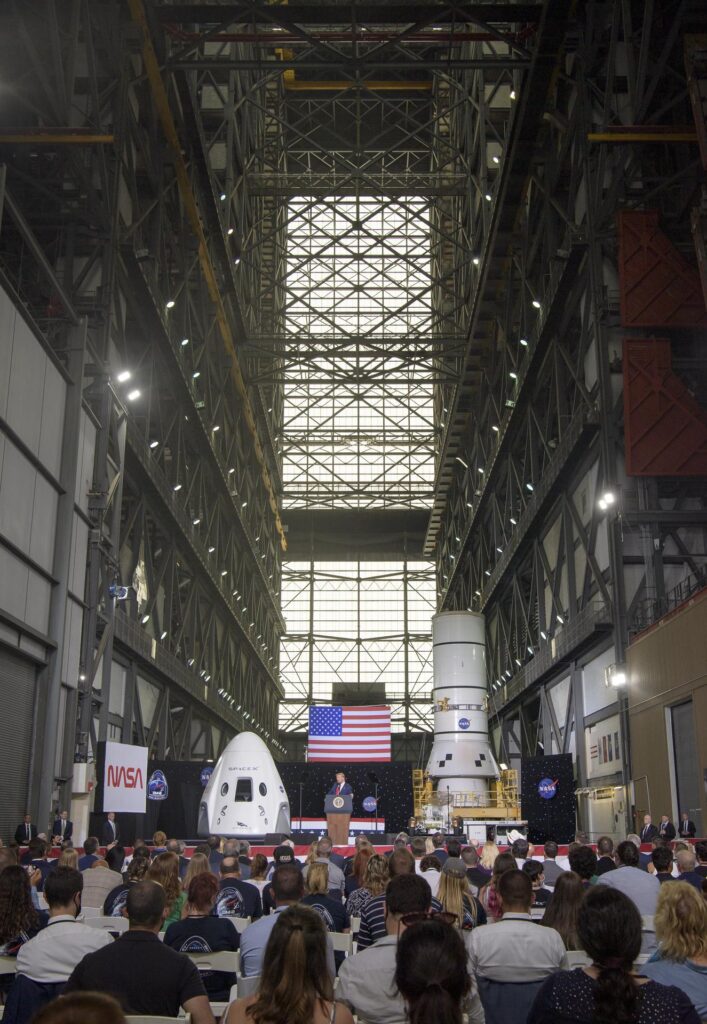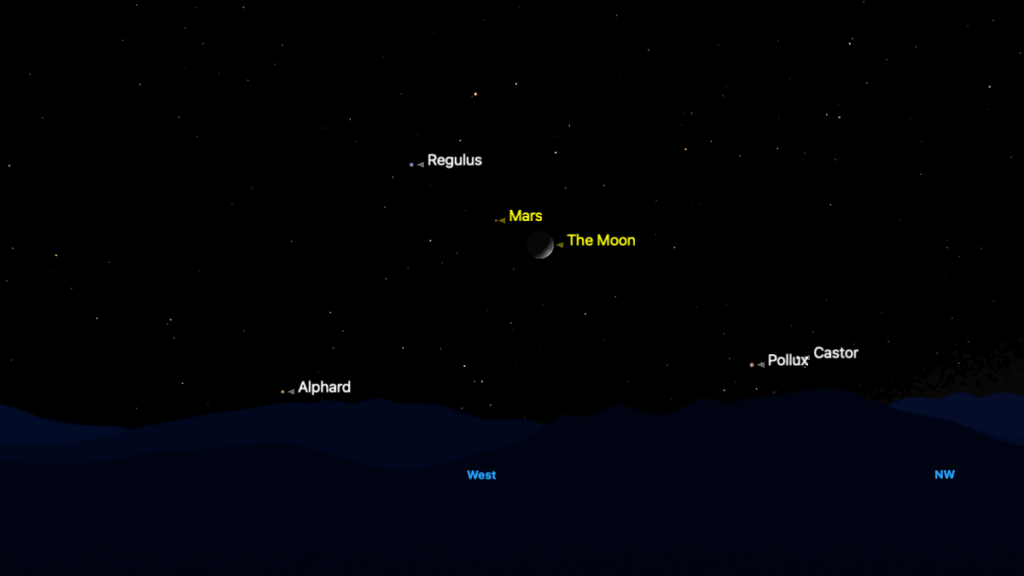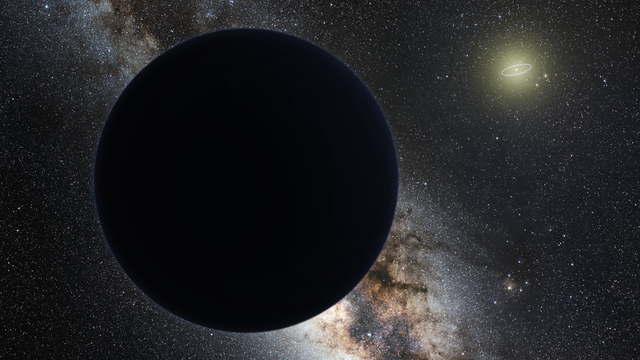Is there a time of day or night at which nature’s heaviest elementary particle stops obeying Einstein’s rules? The answer to that question, as bizarre as it seems, could tell scientists something very important about the laws of physics governing the cosmos.
In a first-of-its-kind experiment conducted at the world’s most powerful particle accelerator, the Large Hadron Collider (LHC), scientists have attempted to discover if the universe’s heaviest elementary particle — a particle not composed of other smaller particles — always obeys Einstein’s 1905 theory of special relativity.
More specifically, the team operating the LHC’s Compact Muon Solenoid (CMS) detector wanted to know if one of the rules upon which special relativity is built, called “Lorentz symmetry,” always holds for top quarks.
Lorentz symmetry states that the laws of physics should be the same for all observers who aren’t accelerating. That means that the results of an experiment should be independent of the orientation of the experiment, or the speed at which it runs.
You may like
However, some theories suggest that, at extremely high energies, special relativity fails as a result of Lorentz violation or Lorentz symmetry breaking.
The laws of physics could therefore differ for observers in different frames of reference. That would mean that experimental observations would depend on the orientation of the experiment in space-time (the four-dimensional unification of space and time). That would result in a shakeup in many of our best theories of the cosmos, including the standard model of particle physics, which is founded on special relativity.
“Remnants of such Lorentz symmetry breaking could be observable at lower energies, such as at the energies of the LHC, but despite previous efforts, they have not been found at the LHC or other colliders,” the CMS collaboration wrote in a statement.
The CMS team set about searching for such remnants of Lorentz symmetry breaking using pairs of nature’s heaviest elementary particle, the top quark.
Quark around the clock!
Quarks are the particles in the standard model of particle physics that bind together and comprise particles like protons and neutrons.
There are six “flavors” of quark with increasing masses: up, down (found in protons and neutrons), charm, strange, top, and bottom. The heaviest of these is the top quark, possessing around the same mass as a gold atom (about 173 giga-electronvolts).
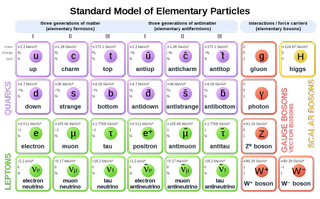
The CMS researchers reasoned that, if the collisions between protons accelerated to near-light-speeds in the LHC depend on orientation, then the rate at which top-quark pairs produced by such events should vary with time.
That is because, as Earth rotates, the direction of the proton beams generated for particle collisions in the powerful particle accelerator changes. Thus, the direction of the top quarks created by such collisions should change, too.
Wildly, that means that the number of quarks created should depend on what time of day the collisions occur!
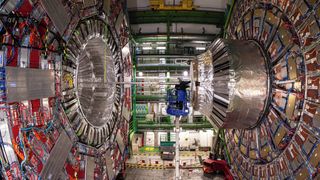
Thus, if there is a preferred direction in space-time and signs of Lorentz symmetry breaking, there should be a deviation from a constant rate of top quark pair production in the LHC dependent on the time of day the experiment is conducted!
Using data from Run 2 of the LHC, which was conducted between 2015 and 2018, the CMS collaboration found no such deviation.
That means that they found no sign of Lorentz symmetry breaking, and thus no evidence of top quarks defying Einstein no matter what way proton beams are orientated (or what time of day collisions occurred).
So, Einstein’s theory of relativity is safe around the clock. Well, for now, at least.
Related Stories:
The upgraded LHC’s third and more powerful operating run began in 2022 and is set to conclude next year. The team will look for signs of Lorentz symmetry breaking in higher-energy proton-proton collisions.
“The results pave the way for future searches for Lorentz symmetry breaking based on top-quark data from the third run of the LHC,” the CMS collaboration wrote. “They also open the door to scrutiny of processes involving other heavy particles that can only be investigated at the LHC, such as the Higgs boson and the W and Z bosons.”
The team’s research was published at the end of 2024 in the journal Physics Letters B.

